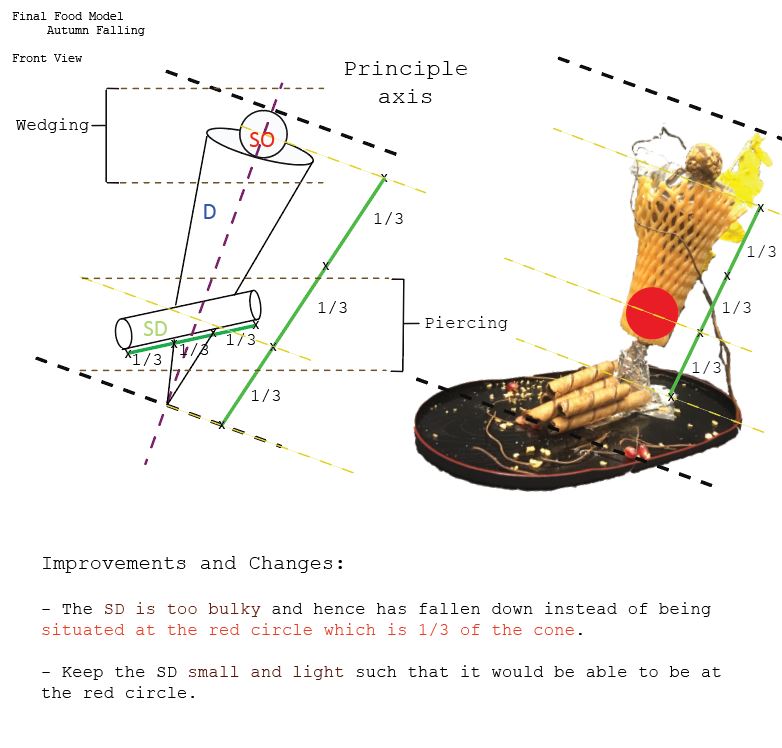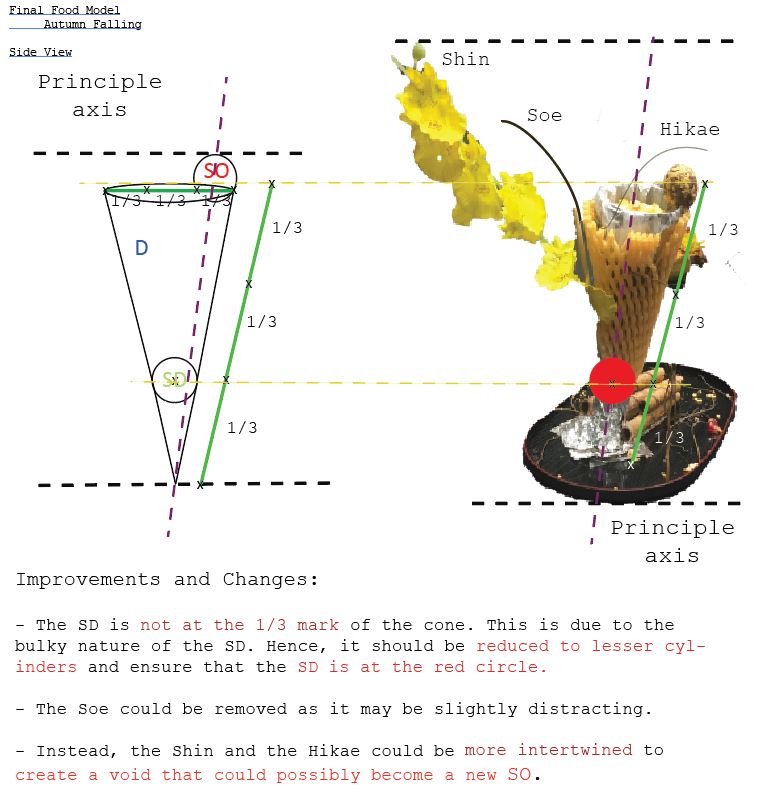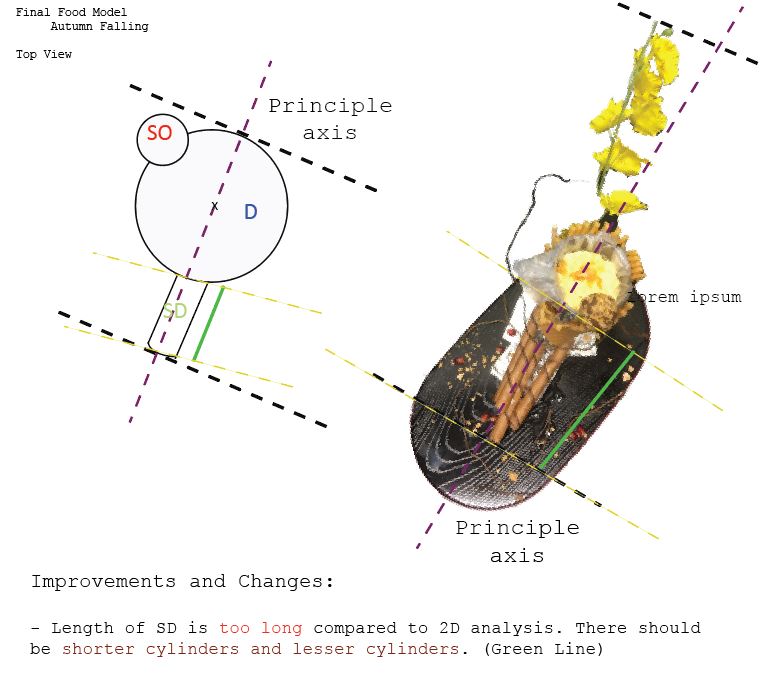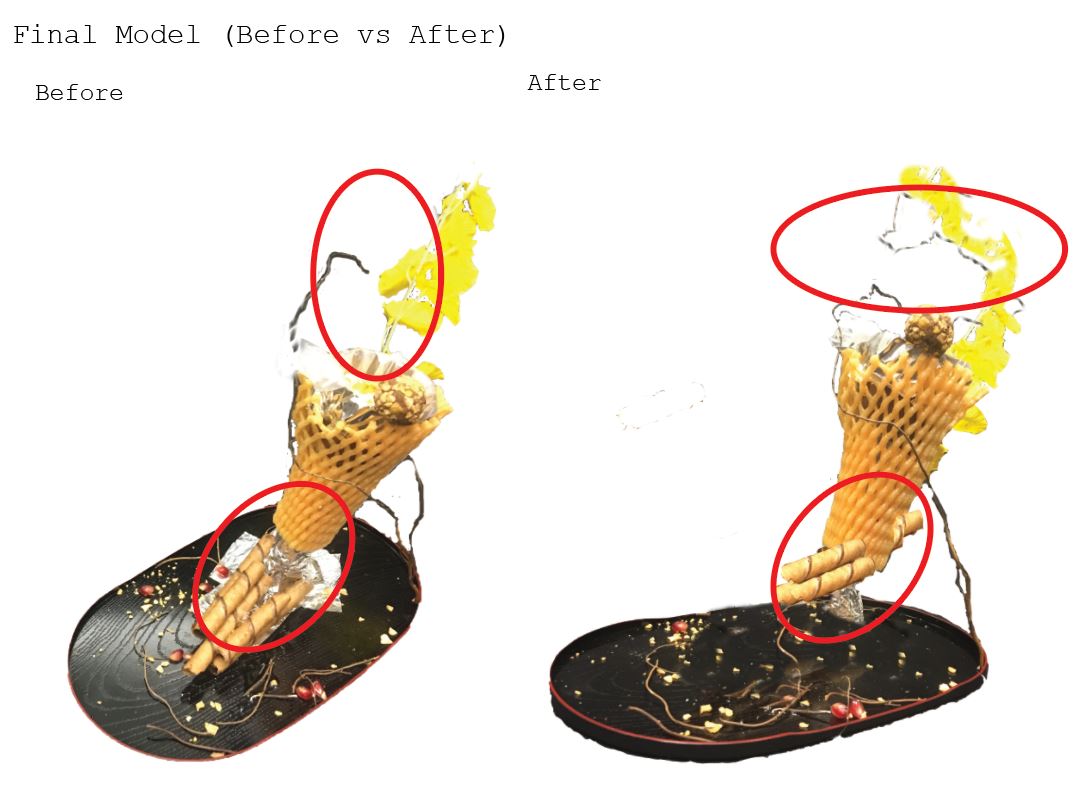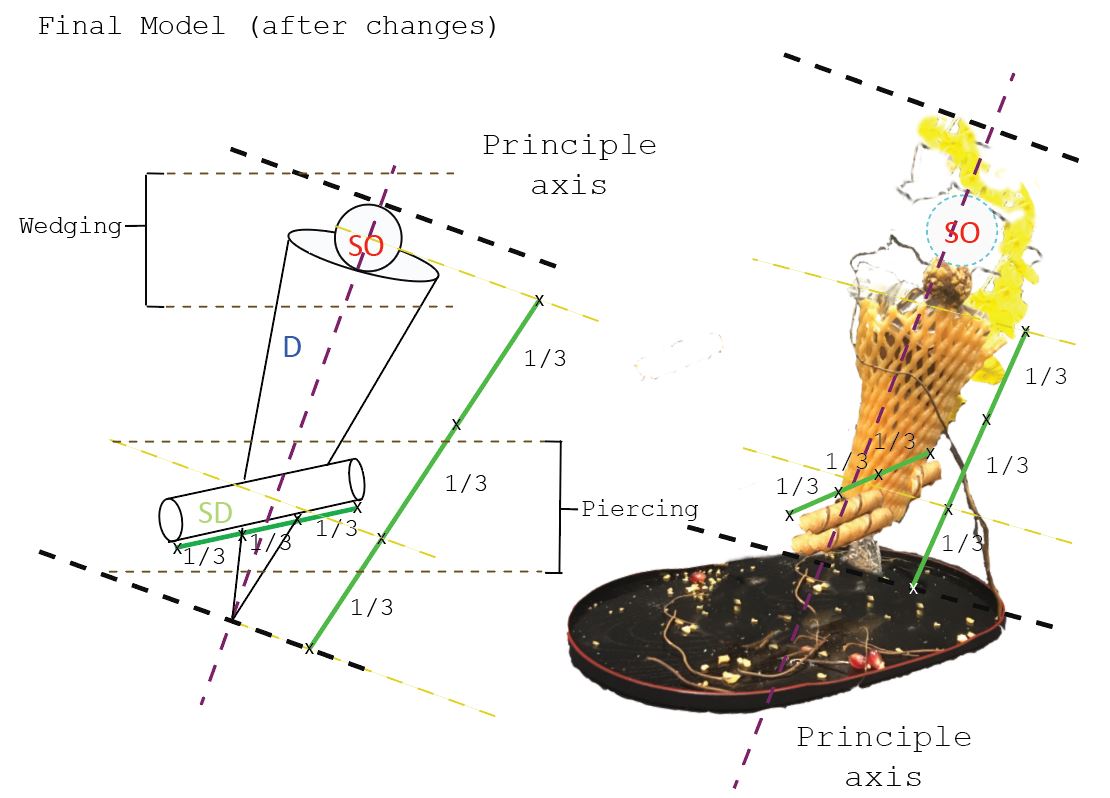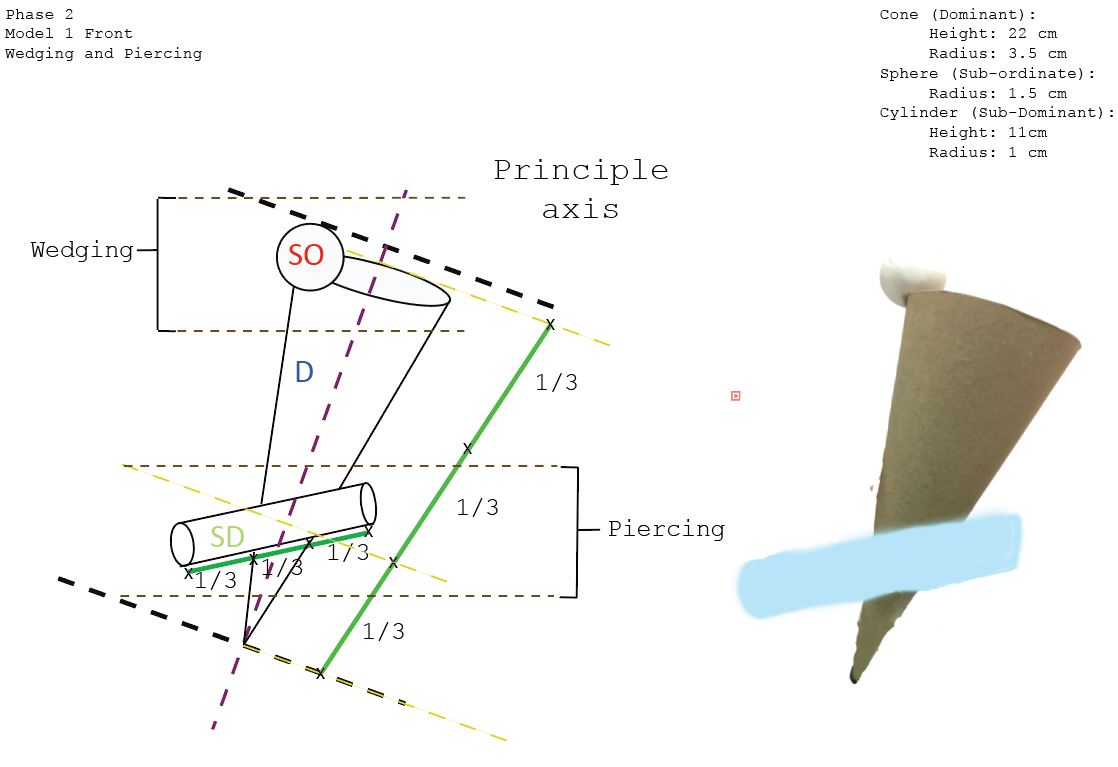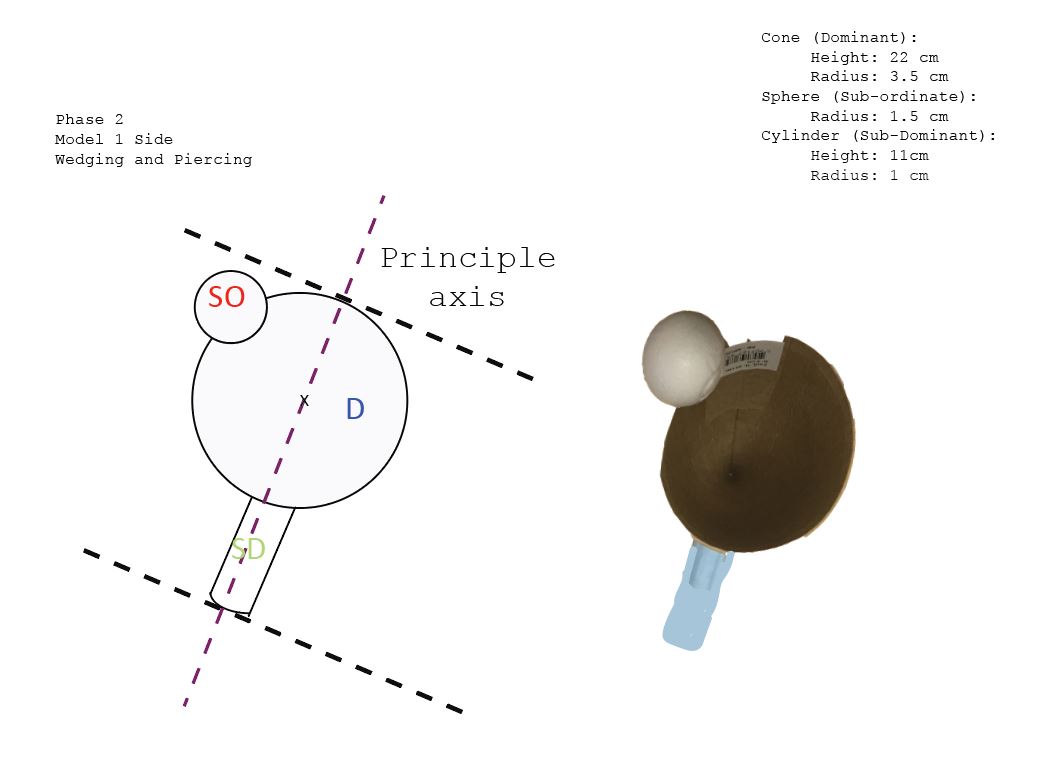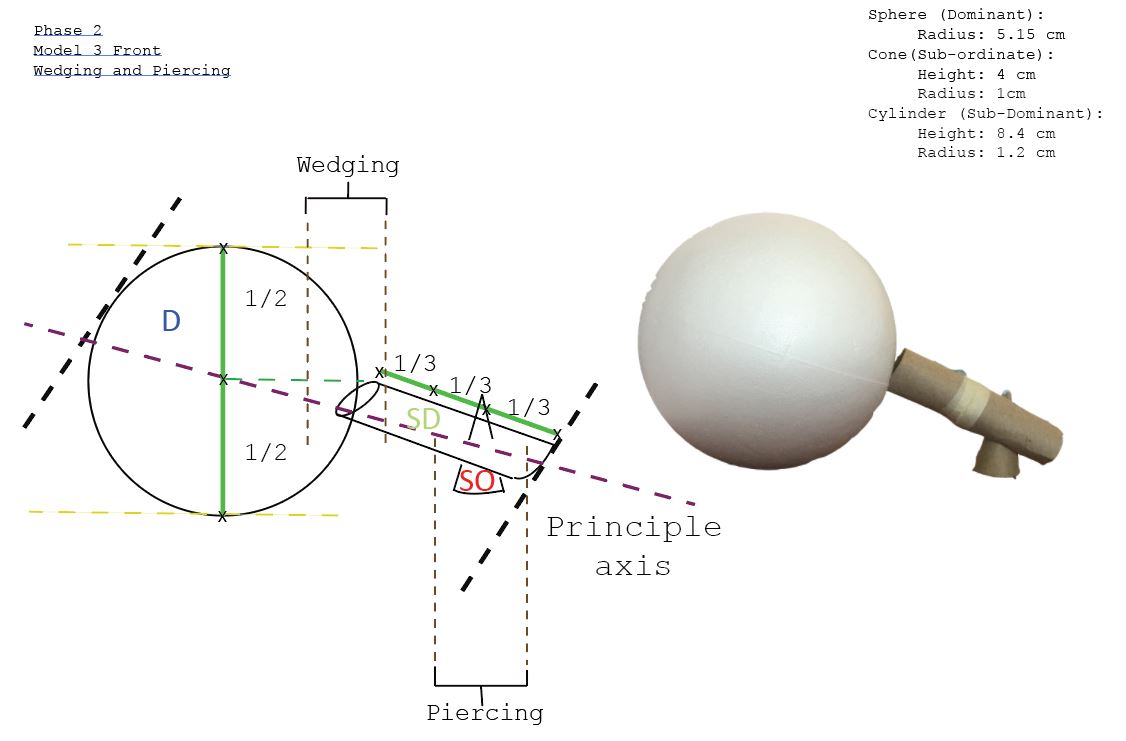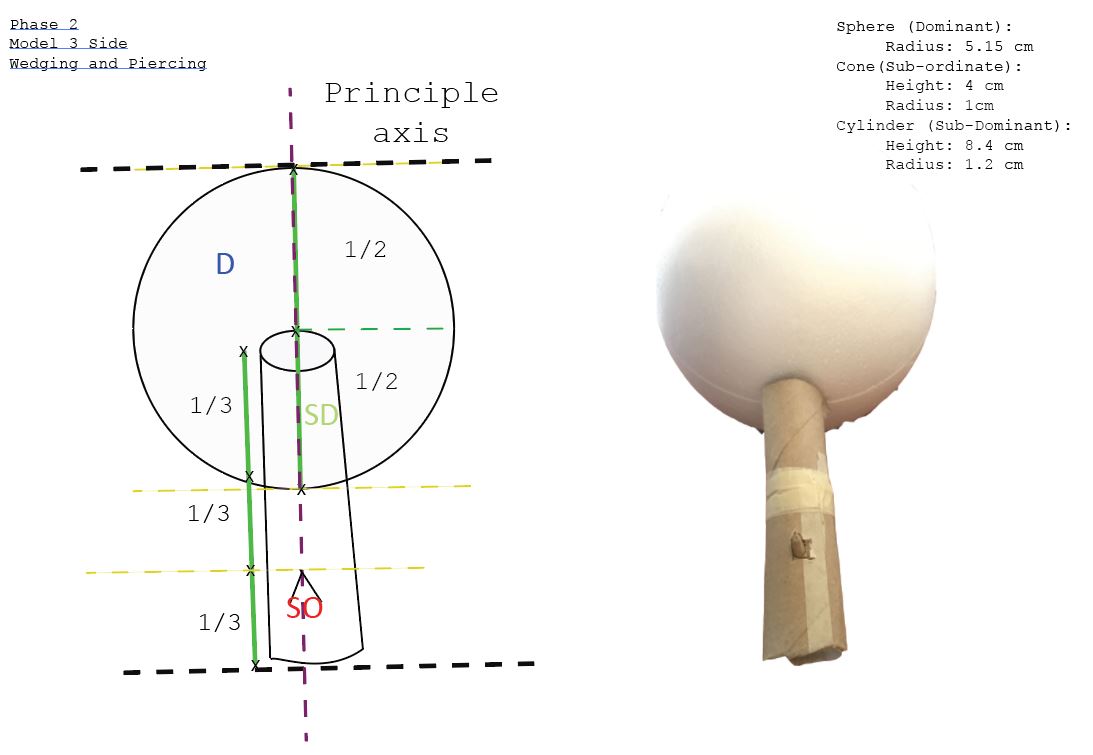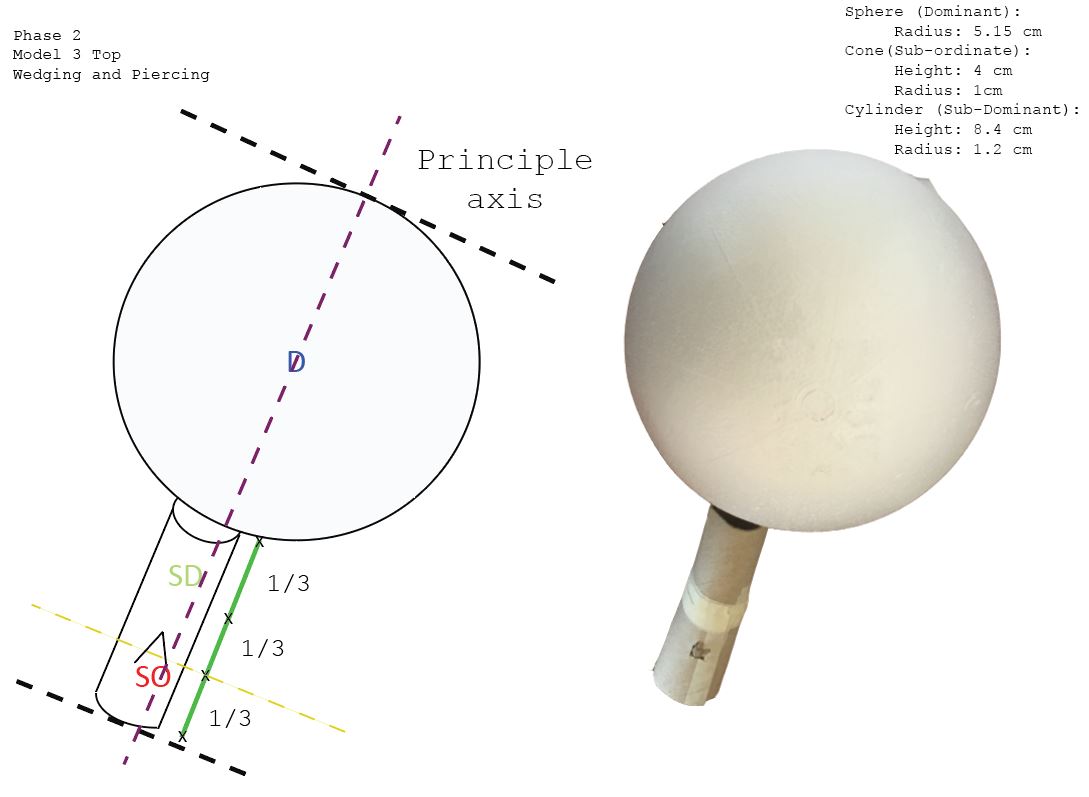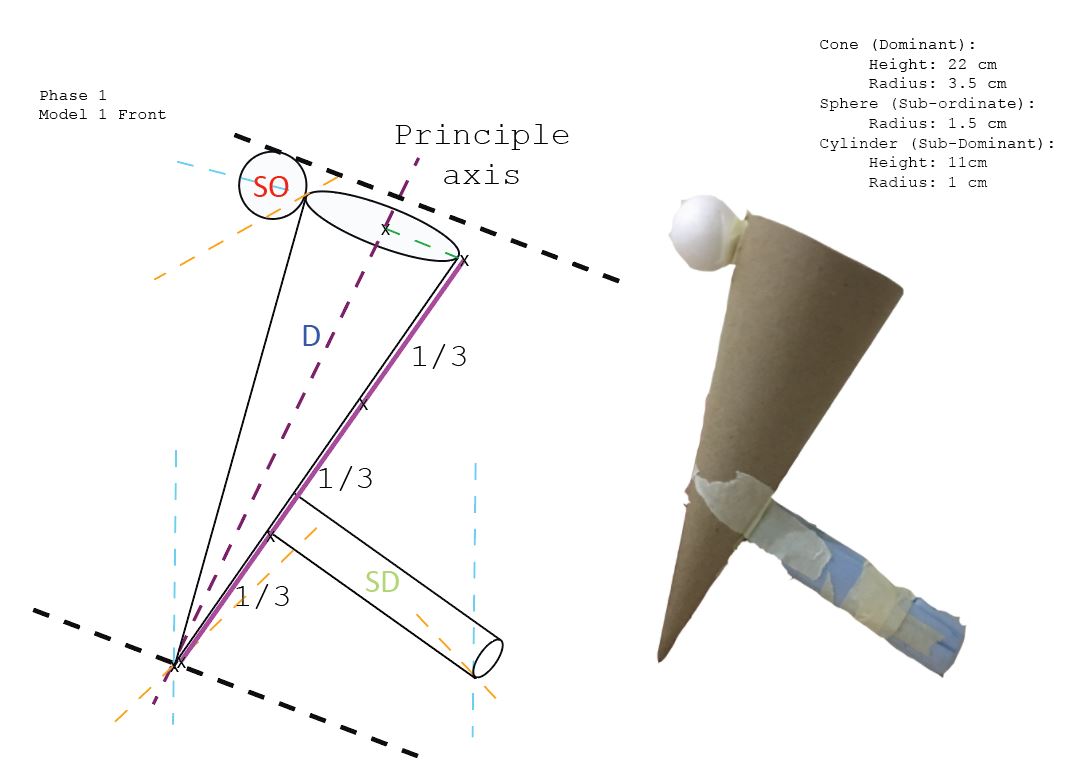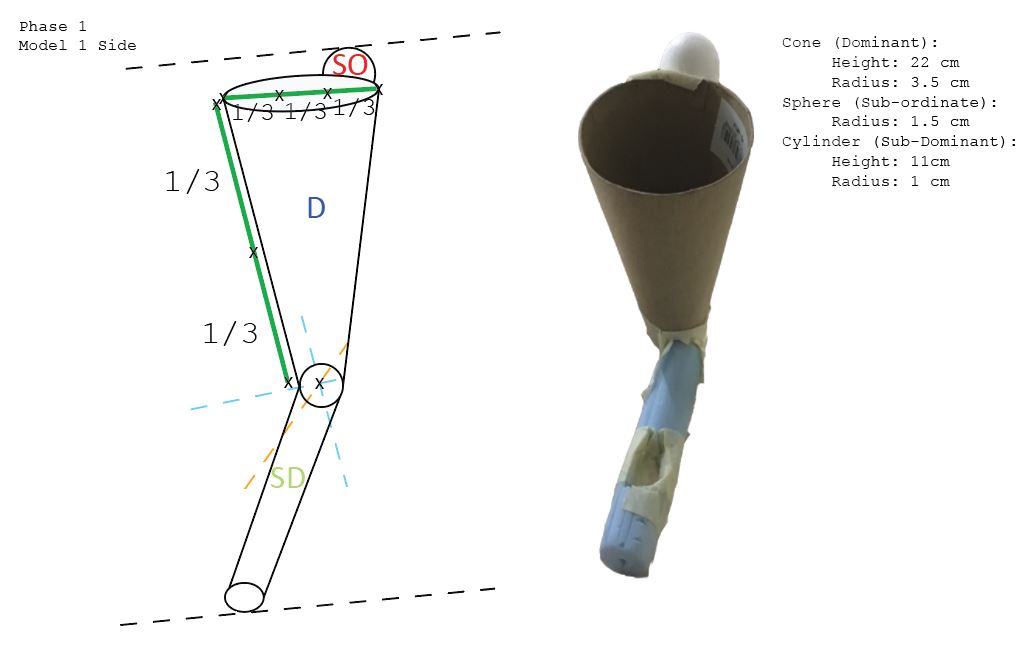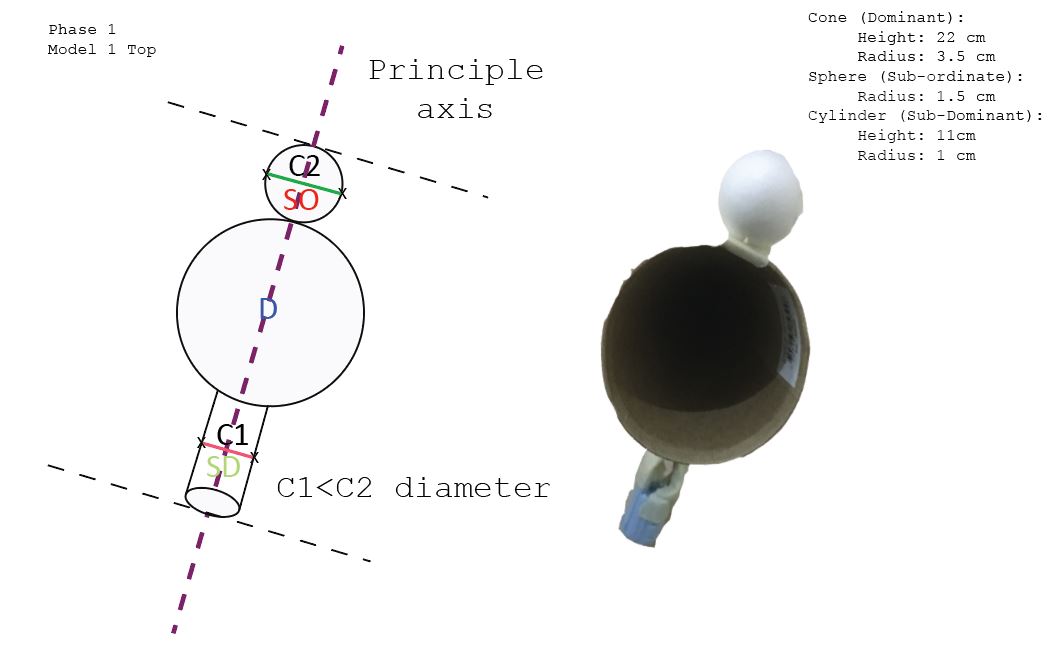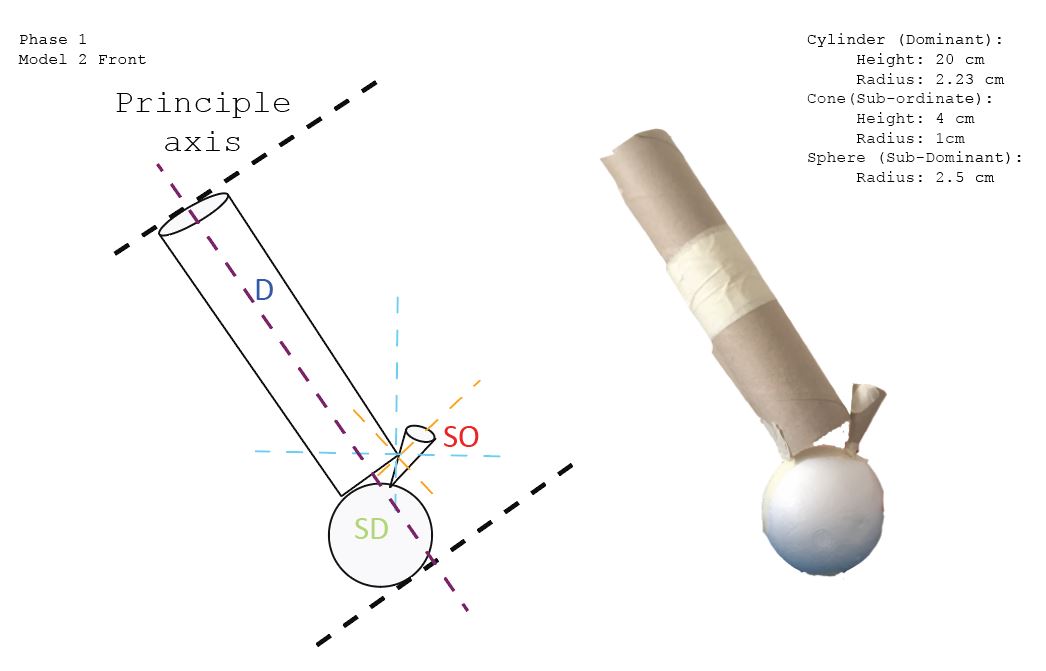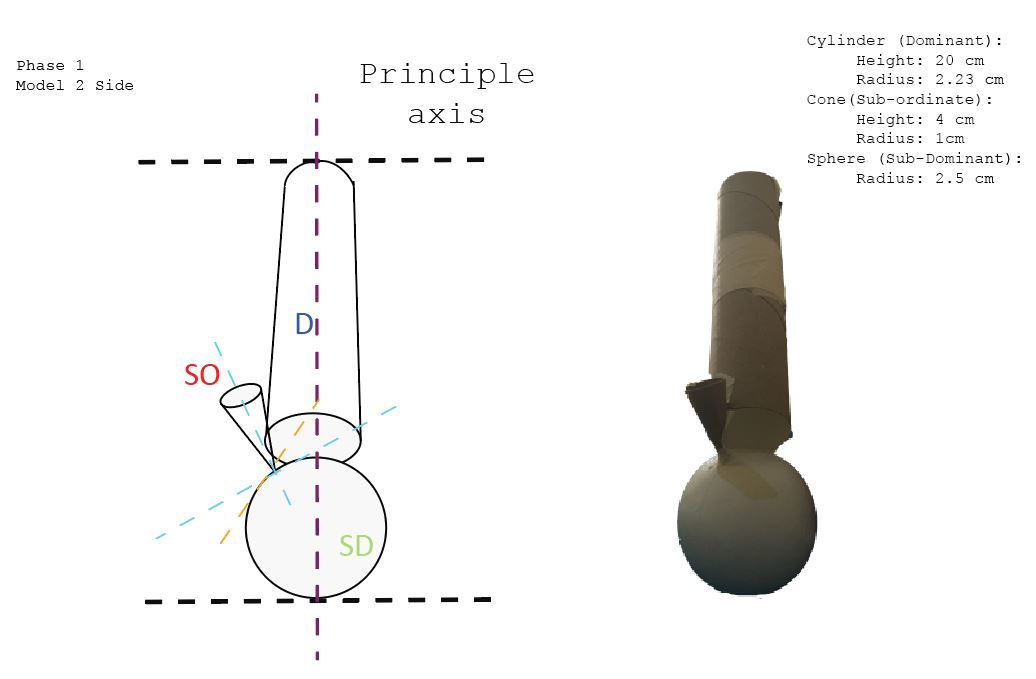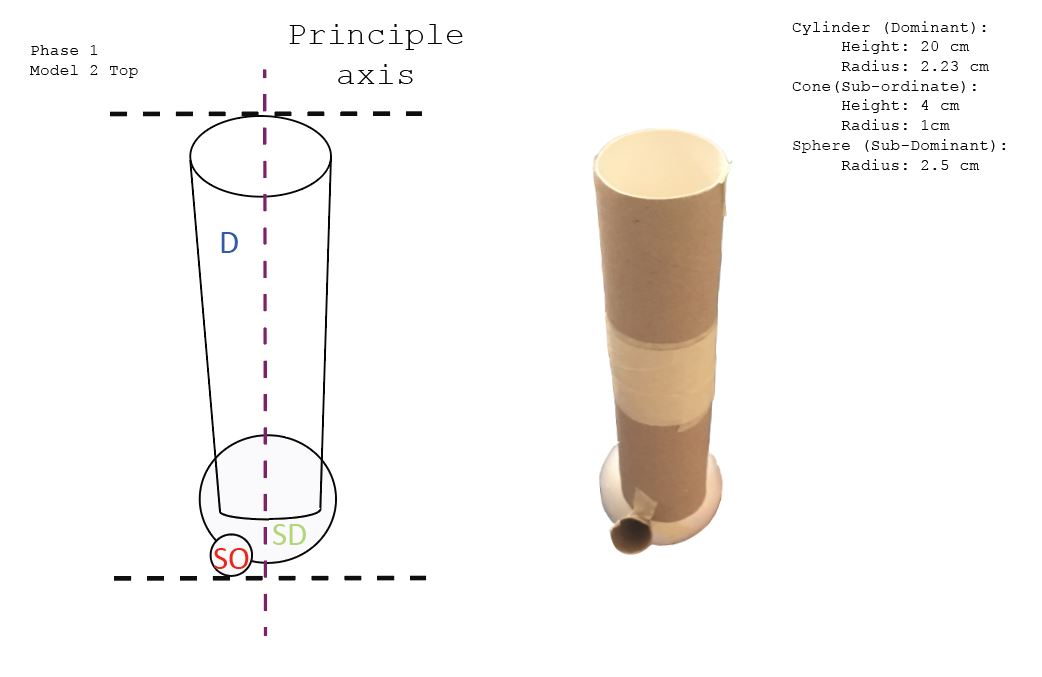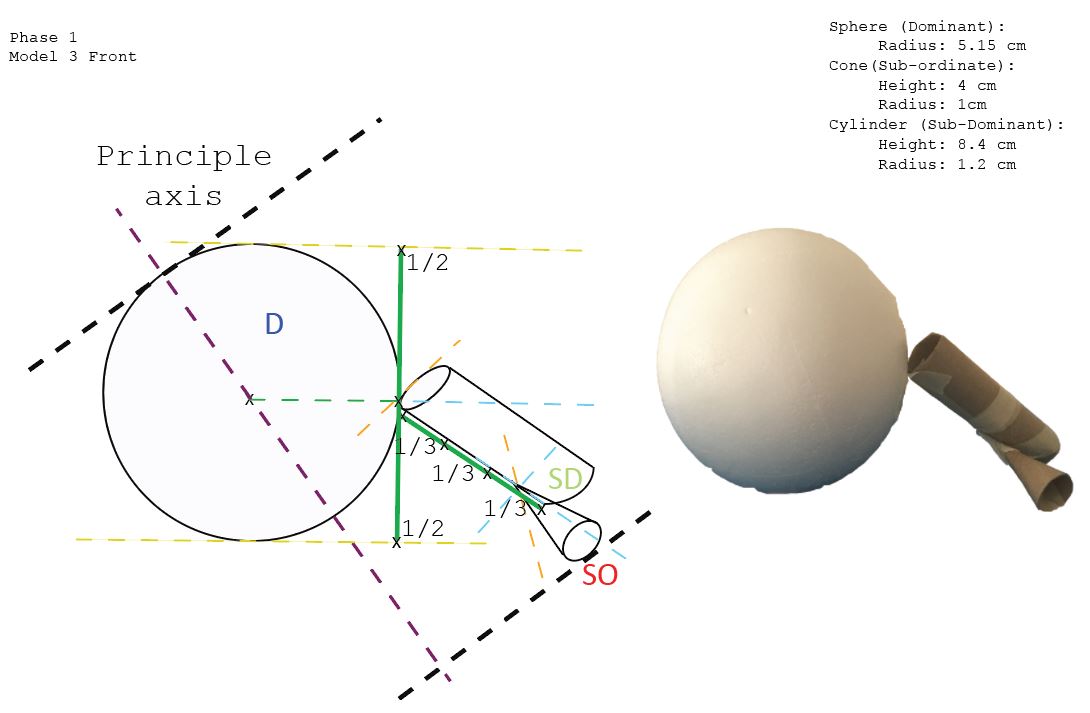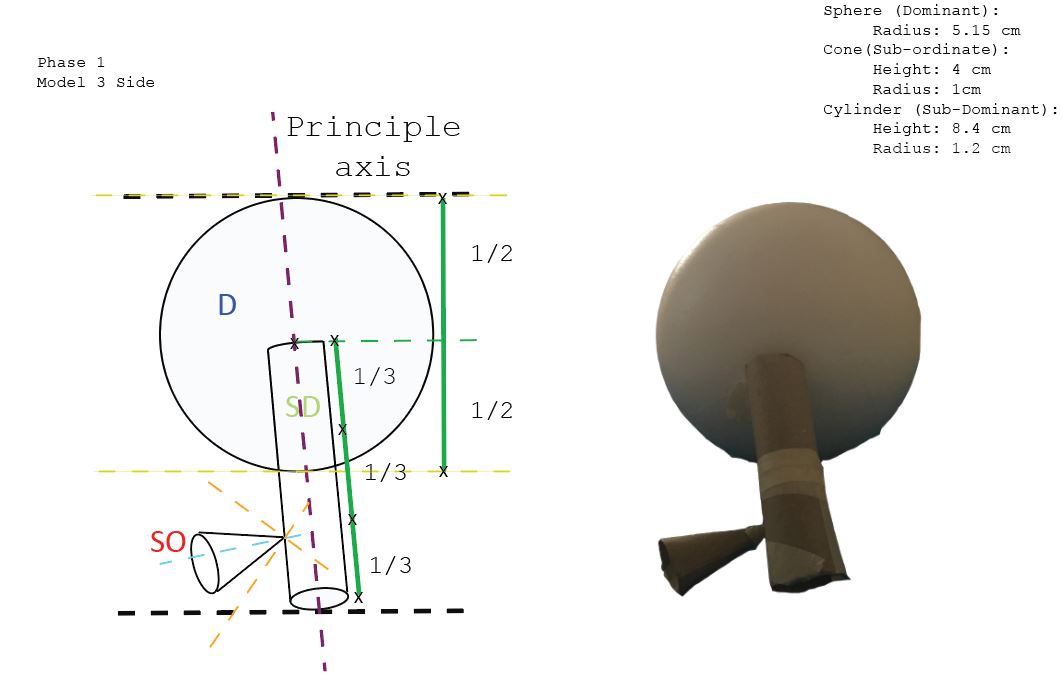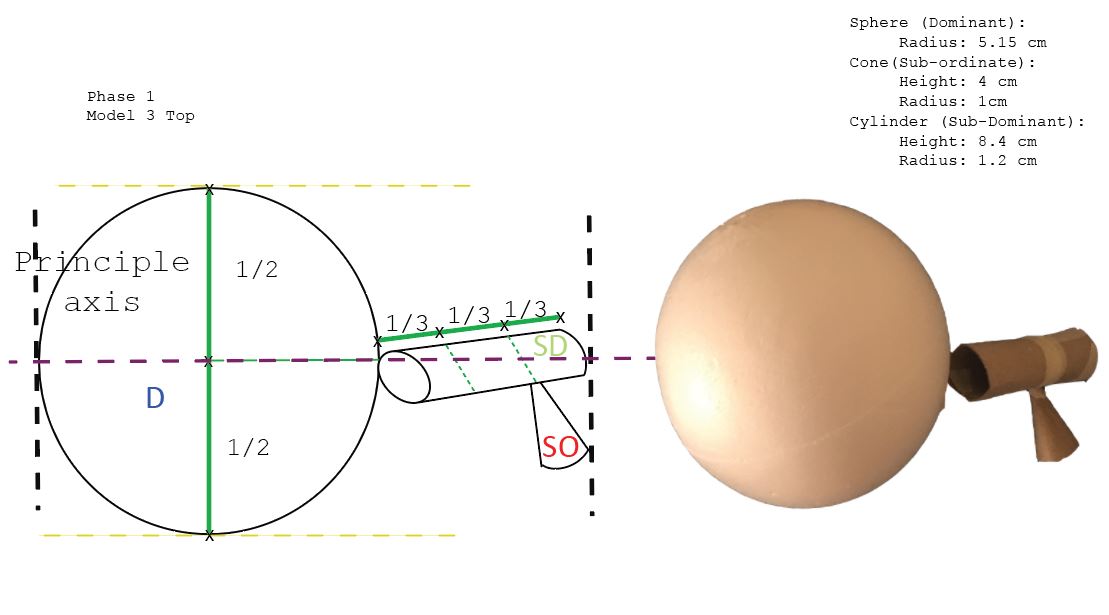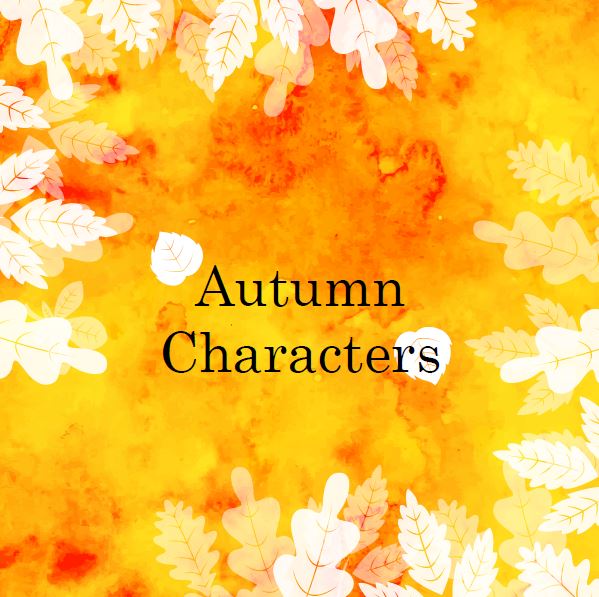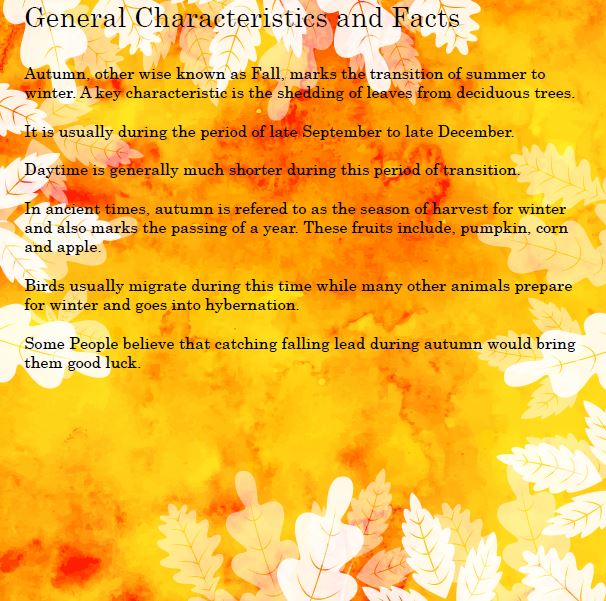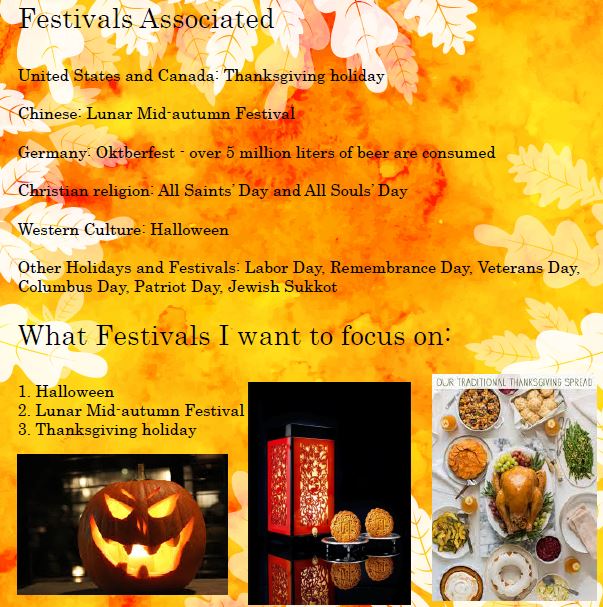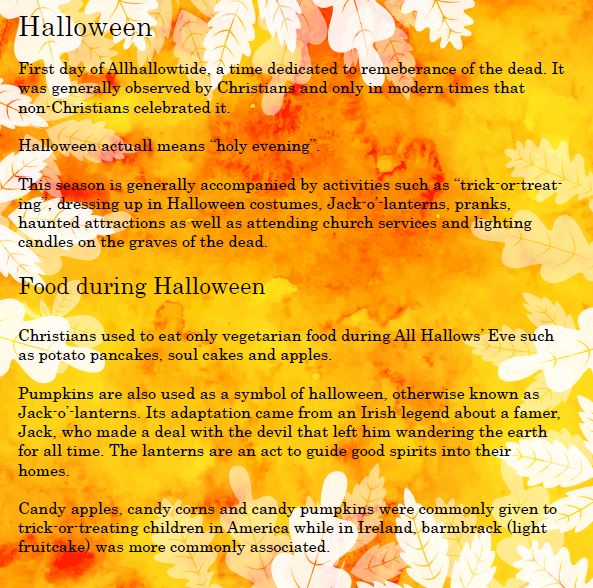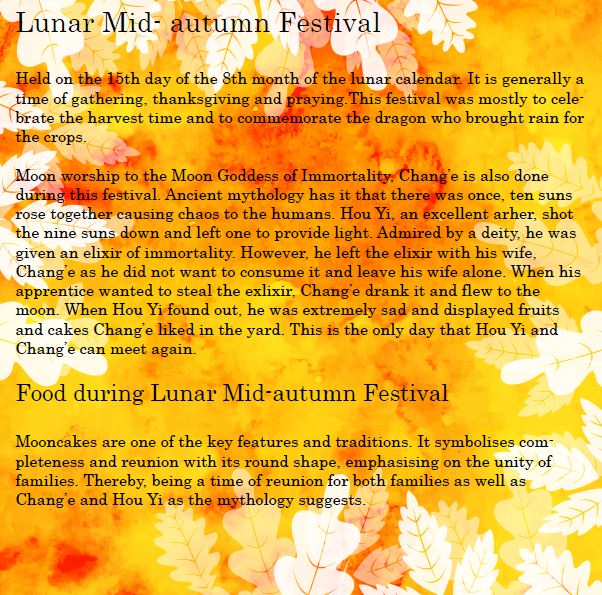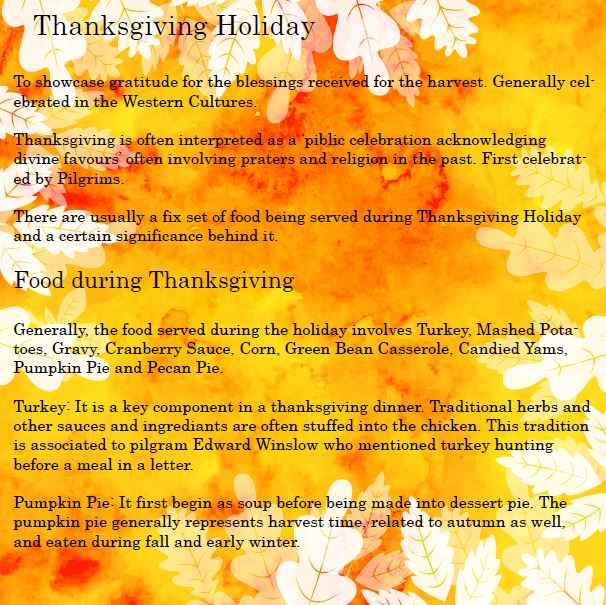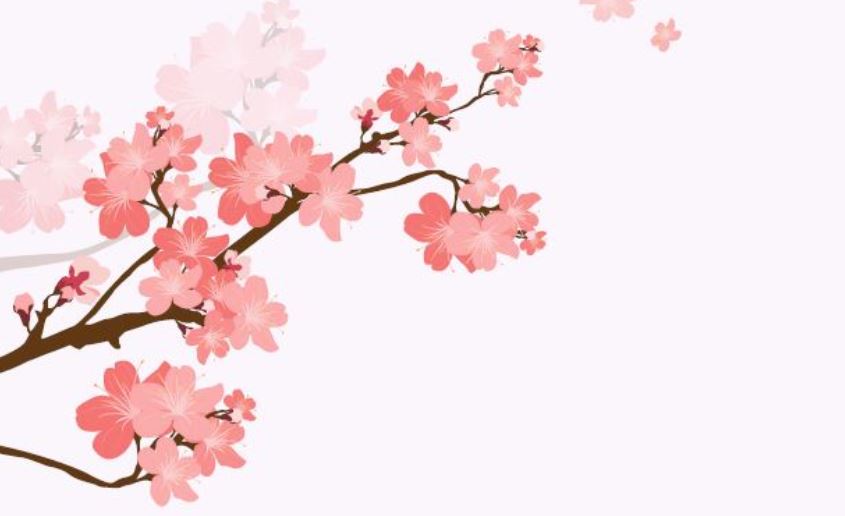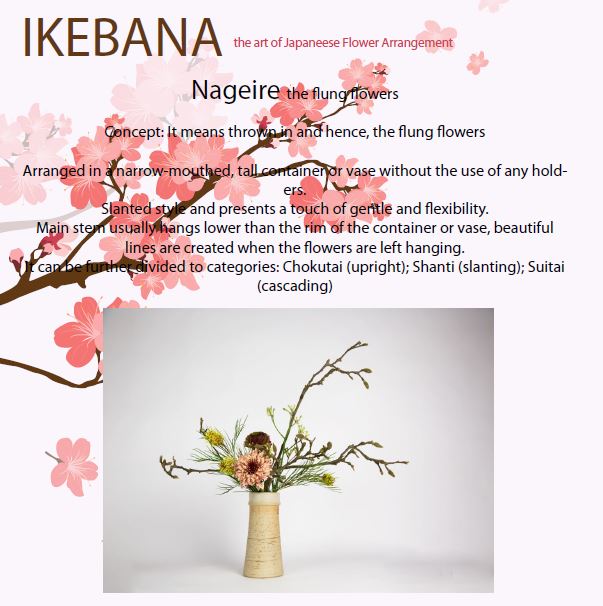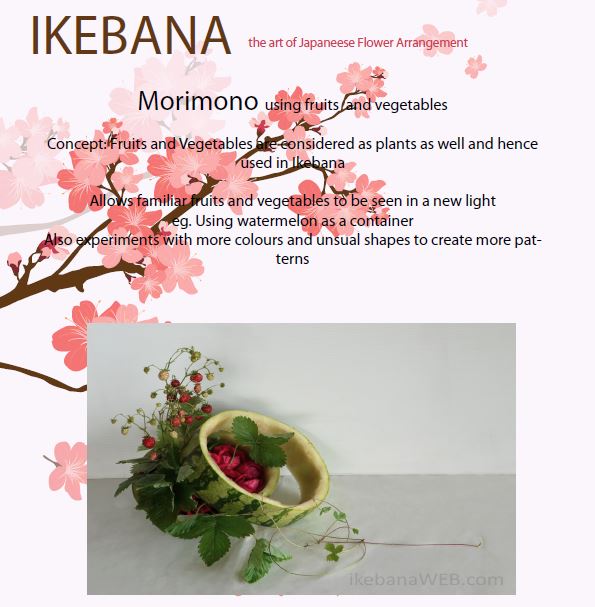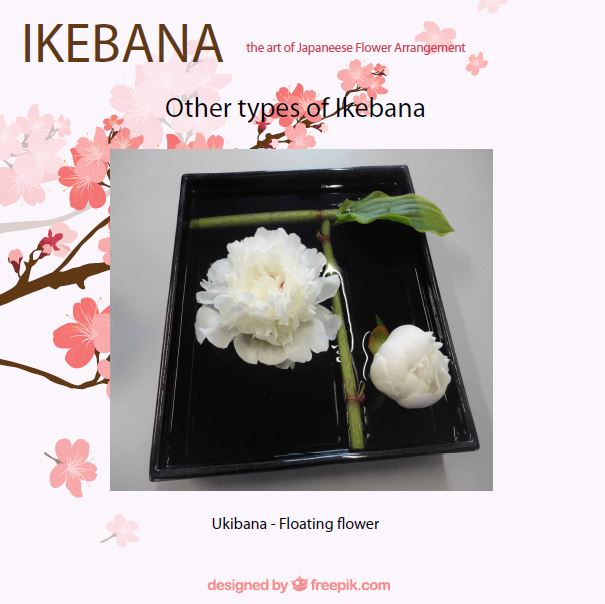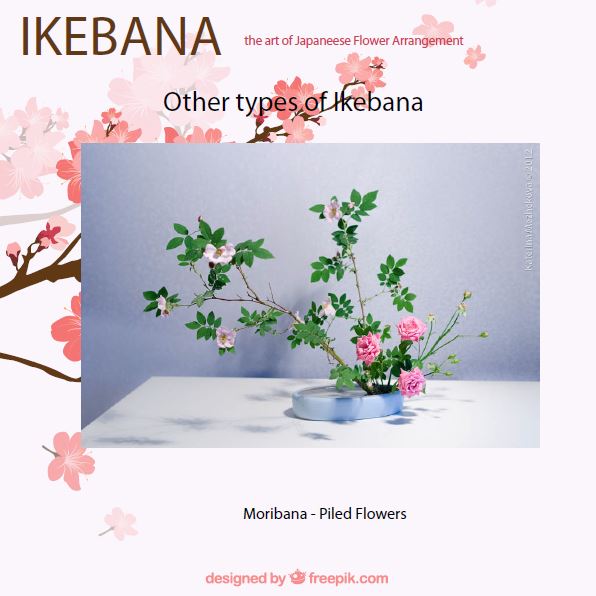
Component 1: Denotation
Since Denotation means the literal meaning of things, I decided to focus on mostly the characteristics of the measuring tape and also the function of the tape.
Image 1

Showcasing the flexibility and texture of the object
There are 2 kinds of measuring tapes, one is a Mathematical tool and the other is usually meant for the measurement of the body. I wanted to showcase the difference between the 2 types of tape and capture the unique property of this measuring tape, its flexibility, compared to the more rigid tape measure that is often used as a Mathematical tool.
Furthermore, the texture of the measuring tape can also be seen here with a slight reflective feature at the 42 to 43 and 12 area suggesting that the tape is smooth.
Image 2

Showcasing the numbers and order of the object
Numbers are a key feature of a measuring tape regardless of inches or centimeters. A reason why I choose to focus on inches for this image instead of centimeters due to the fact that such flexible tape measures are generally used for the body measurements.
Why didn’t I want to focus solely on one number?
I felt that the order of the numbers from small to large is also a key characteristic of a measuring tape and this feature should also be included.
Image 3

Showcasing the function of the object
This picture depicts the general function and association of a measuring tape. As these tapes generally measure the body, I have placed it on my waist, which is one of the areas I am more concerned with in terms of my body image.
Component 2: Connotaion
By subverting the object, it allowed me to add new layers and meanings to the object.
Image 4

Blindfold – Criticizing the social standards in body imaging
For this image, I wanted to subvert the measuring tape into a Blindfold. The numbers 33 inches and 13 inches are placed on my eye itself. This is because 33 inches is often seen as the perfect bust size and 26 inches the perfect waist size. In this case, 13 inches was used instead of 26 inches as 13 inches is a more common representation of 26 inches especially on clothing.
Why the inclusion of my hand?
I wanted to include my hand to showcase that I blind myself to these standards. There is also a certain degree of tightness and tension, as seen from the fats on my under eyelids, because I wanted to suggest that like even though my body is not at the “perfect sizes” I still try to forcefully bind myself to them.
Comments and Improvements: Unfortunately, the this photograph was not well executed. It provided a very minimalist feel and did not truly seem to represent a blindfold. A possible idea to improve would be to totally cover my head with several measuring tapes, and tie a knot at the back of my head. The shooting from the back of my head, making it seem more mysterious and similar to the idea of a blindfold. There could still be the focus on the numbers on each side of the head through techniques such as blurring out the other irrelevant numbers. Furthermore, the repeat and focus of the specific numbers (33 inches, 13 inches) could be more defined and obvious using several measuring tapes.
Image 5

Ballet Ribbons – Criticizing the mandatory body images required for performers
I have been dancing since I was in Kindergarten and it is an activity that I truly like and enjoy. However, as performers, we often don’t have a choice but to have a certain specific type of body, shape and size in order for us to perform.
Although I was doing something that I truly liked, the constant contact with these ribbons every lesson forces me to remember that my abilities and talent are not the only ones I’m measured against.
Image 6

Handcuff – Criticizing on other aspects of how numbers define us
On the Right hand, it generally focuses on inches, which is a common unit of measure for our body. While the left hand generally focuses on centimeters, that is used in this case to represent our IQ level, with numbers ranging from 114 to 148 .
The general public usually has an average IQ of 85 to 110. However, the numbers shown are all above the average IQ level, suggesting how we bind ourselves to standards above average and sometimes forcing ourselves to work beyond our capabilities so that we can excel and impress.
Comments and Improvements: Unfortunately, the this photograph was not well executed. It failed to give the representation of a handcuff. Perhaps a solution would be to wrap several of the measuring tapes onto a toy handcuff in order to attain a defined shape of a handcuff. Furthermore, the image can also be taken from the back with my "hands behind my back" to give the feeling of being arrested if the social norms and higher standards are not kept up to. Each ring of the handcuff should also be coated with specific number ranges to further highlight and re-emphasize the significance of the numbers.
Component 3: Text and Image
This image is taken from component 1, picture 2.
Image 7

Analysis
| Numbers to letters | As mentioned in component 1, the order of the numbers are a key feature of measuring tape.
– Despite being used to measure the size of the body, the measuring tape is often only related to numbers and not the letters that also indicate the size of our bodies. – Hence, I changed the numbers to letters as they still represented the same thing. |
| Why does the letters decrease in size gradually? | So usually XXS represents “extreme extreme small”
If its suppose to be small why such a big text size? (vice versa for XXL) – Generally, the bigger text often means something of more attention and importance. Hence, in society, XXS has become something of much importance to us as it becomes something that we desire and want, the smaller the better especially for sizes of clothes. This suggest that slim bodies that are “desirable”. – Whereas for XXL, since it is the least “desirable”, it has the smallest text size suggesting the insignificance in society. – Hence, the gradually decreasing size of the text in despite the increasing body size. |
| “Size doesn’t matter, they are only letters” | Relays
Used to expand on or explain the significance of the image. |
| Font of “Size” | For “Size”, I literally used different sizes and fonts to create this effect of different body sizes. Eg. I even though its usually v skinny, I used a small and bold text font to showcase short and stout.
I felt that it gave more effect on how size is in real life, especially if you imagine each letter as a single person, instead of just the size of our bodies dictated by S,M,L. |
| Font of letters | For Letters, the different fonts and sizes suggests that we are all of different sizes just like how each character in the word “letters”.
If only society was as simple as these letters with different fonts and sizes, accepting of each other to form a bigger meaning and picture. |
Comments and Improvements:
-
The decreasing sizes of the fronts are not obvious enough. Hence, does not really showcase the effect of importance or hierarchy within a society.
-
Certain contradiction, even though the poster says "Size doesn't matter, they are just letters", the decreasing font size of the sizes had an importance in showing the attention given to each different body size in society.
-
Perhaps it would be better if I played with the unrolled areas of the measuring tape
-
Or include other sizes such as 5XL and not just the mediocre sizes. There is no need to list all the sizes out as well.
-
Not very good and still can be further improved.
Personal Reflection
Compared to project 1, this project was definitely more in depth and I felt that I had a certain degree of growth as compared to before. Although it may still be a little tough for me to grasp the concept fully, it was definitely a brain wracking project as I had to think of several ideas and ways of executing the plan out. Most of the time, the images in my head did not match what I wanted to portray or the potential image that I imaged. Even so, I think there was a certain degree of improvement for me and I picked up more new skills in this area. I will do my best to improve and do better.



